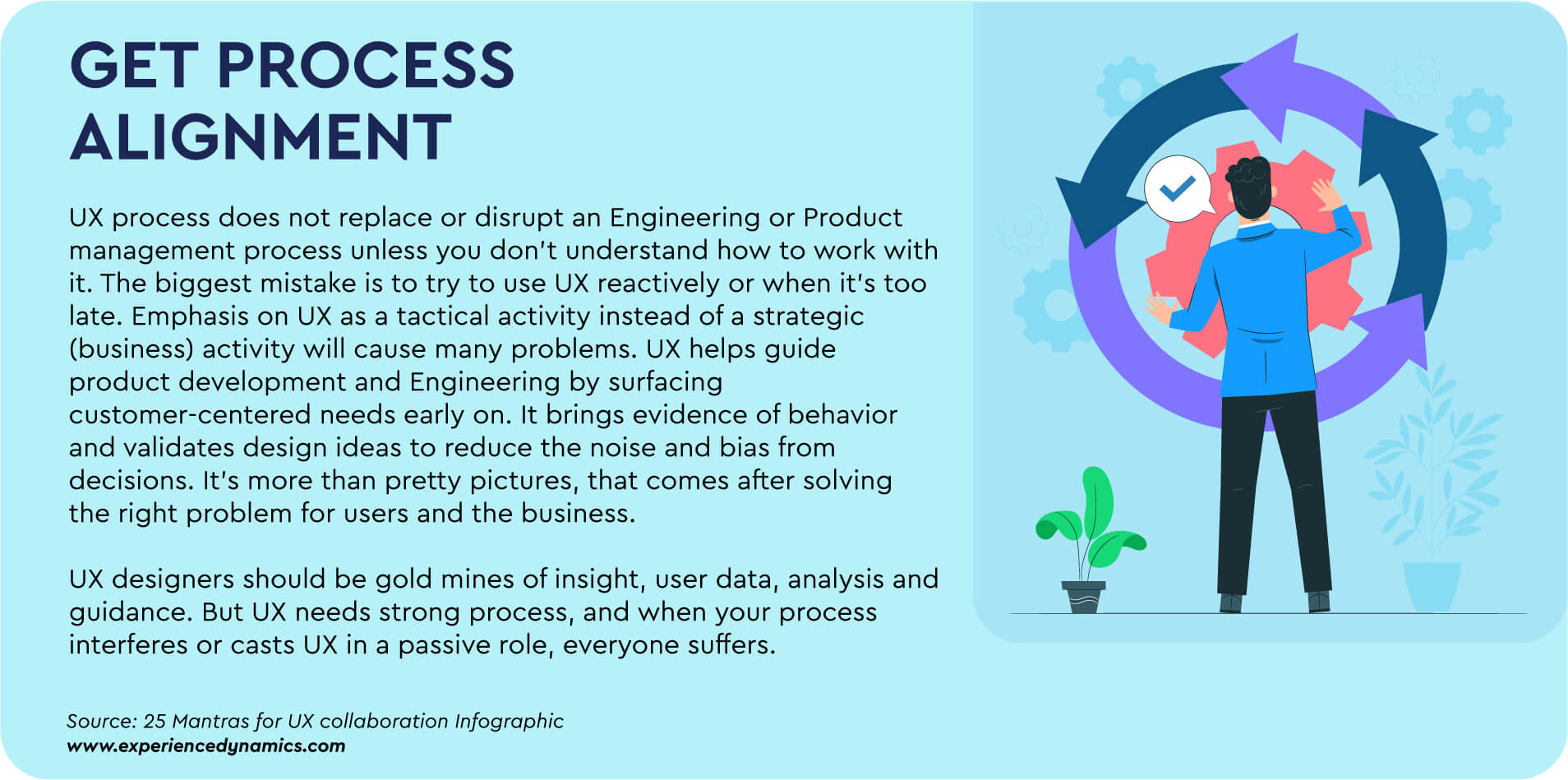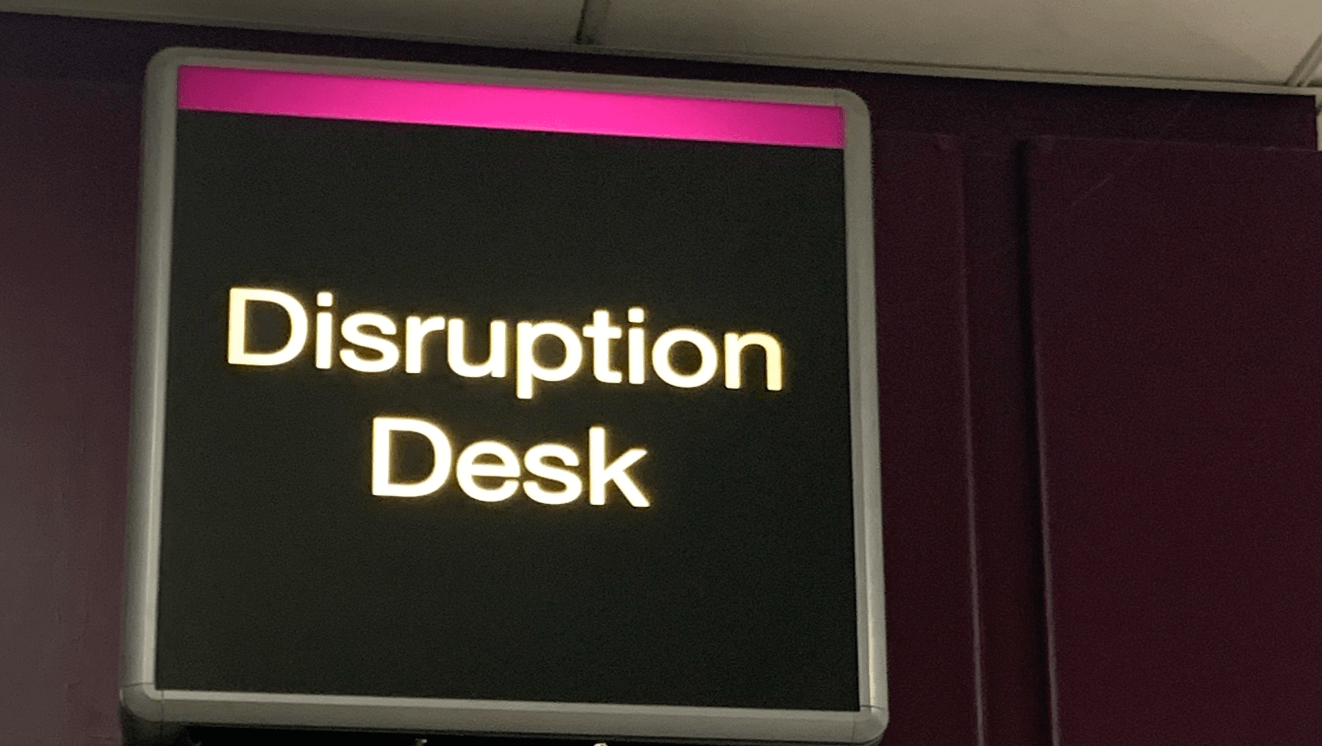Why does UX require effective stakeholder management?
Managing stakeholders is vital in UX and service design. Engaging effectively builds trust, buy-in, and cultural currency. But learning to handle stakeholder dynamics skilfully is an ongoing process. Why? Team dynamics, even within the same company, can be radically different. However, since stakeholders share similar characteristics, a playbook can be devised to give stakeholders an excellent experience with your UX work. Frank Spillers will reveal the playbook in this month’s UX Inner Circle Masterclass.
Define stakeholders: Internal stakeholders are the people you work for, your boss’s boss, the ones new to UX, the other department, Product, Engineering, Marketing…anyone that can influence or derail your UX or Service Design efforts. And, yes they are your users (external stakeholders). But externals don’t need to be managed, they need to be included– and it’s the internals that usually leave users out.
So, the role and power of stakeholders cannot be overstated. Their involvement is critical to ensuring that design decisions are not made in silos. That’s why stakeholder management is so crucial in managing UX and service design. It’s about facilitating understanding, collaboration, and alignment.
By prioritizing stakeholder engagement, UX professionals can ensure their projects meet and exceed expectations, driving impactful design solutions and UX maturity.
Poor stakeholder management piles on risk.
Ignoring the importance of stakeholder management can have detrimental effects. Internal stakeholders and senior managers lacking a deep understanding of UX and service design can inadvertently derail projects. They might reduce UX to visual aesthetics or relegate it to a secondary role in technical delivery. Such misalignment can create cultural patterns that negate hard-won UX gains. This is why stakeholder education and engagement are crucial.
Ublock UX process: Effective management of stakeholder expectations isn’t just a part of the UX process; it lives and breathes it for success UX and Service Design delivery. The work gets done when stakeholders, encompassing clients, users, and internal teams are aligned. This alignment ensures better outcomes and fosters robust user advocacy as stakeholders develop a deeper commitment to UX process best practices.
Effective stakeholder management gives you process alignment.
Process alignment is UX management gold. Why? UX is inherently cross-functional and multidisciplinary, necessitating extensive collaboration. Including stakeholders in UX workshops and managing their input in decision-making de-risks political setbacks, commonly called ‘stakeholder sabotage‘. Ultimately, it’s about gaining process alignment.

By creating structured processes for stakeholder input, UX teams can educate and socialize stakeholders about the importance of a good UX process. Your goal: To cultivate an organizational culture that values and nurtures UX rather than merely attending a workshop.
Key Takeaway
Stakeholder management is essential for effective UX and Service Design. But effective stakeholder management does more than just facilitate smooth project execution; it shapes the culture and understanding of UX within an organization, reinforcing essential UX cultural practices and processes.
Learn more in Jan. 10th Masterclass: Managing Stakeholders for UX
Get it FREE: Join the Inner Circle [90 minutes, live with Frank Spillers or Buy the Recording for $100]








